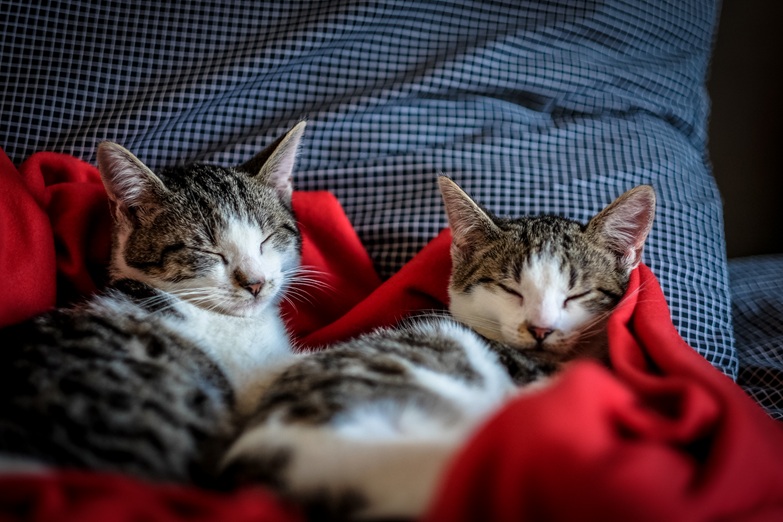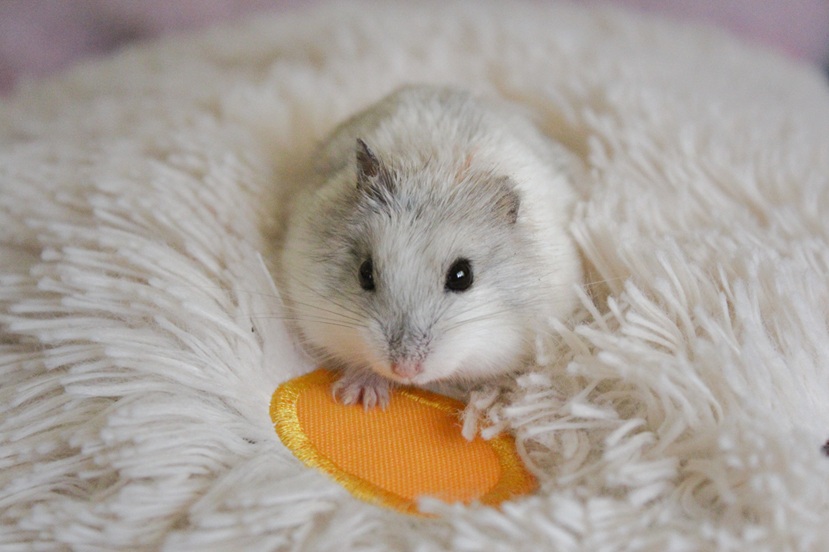Dermochelys coriacea

The leatherback turtle (scientific name: Dermochelys coriacea) is a reptile belonging to the order Testudines and the family Dermochelyidae. It is also known as the leather turtle, seven-ridged leather turtle, sampan turtle, and swallow turtle. It has a large head with complex and irregularly arranged scales; a short neck; a carapace lacking horny plates, covered with soft, leathery skin with 5-7 longitudinal ridges that converge to form a heart shape at the posterior part of the carapace, with slight grooves between the ridges; a plastron with incomplete ossification and 5 longitudinal ridges; paddle-shaped limbs without claws, with longer forelimbs and shorter hind limbs; and a short tail. The back is jet black or dark brown with slight yellow spots; the ventral surface is lighter in color.
Leatherback sea turtles live in the deep sea and are excellent swimmers. They are carnivorous predators that forage in the high seas. They primarily eat jellyfish, but also consume other food sources, including small crustaceans, fish, cephalopods, sea urchins, and snails. They reach sexual maturity at 30 years of age and can lay eggs year-round, mainly in May and June, laying several times a year, with each clutch containing 90-150 eggs. Natural incubation takes approximately 65-70 days. Leatherback sea turtles are distributed in the tropical waters of the Pacific, Indian, and Atlantic Oceans, and occasionally in temperate waters. In China, they are found from the coast of Liaoning in the north to the Xisha Islands in the south. There are no records of them laying eggs on land within Chinese territory.
The decline in leatherback turtle populations is due to human consumption of turtle eggs, destruction of nesting sites, and accidental capture and death. Leatherback turtles are listed as Vulnerable (VU) on the IUCN Red List of Threatened Species; in 2021, their protection level in China’s National Key Protected Wild Animals List was upgraded from Level II to Level I.





